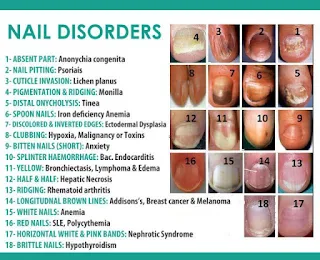Saudi Arabia has 'no excuse' for blocking aid to Yemen, International Development Secretary Penny Mordaunt said as she warned that 'using starvation as a weapon' was a breach of humanitarian law.
The UK is set to provide an emergency £50 million aid package to help feed millions of Yemeni people caught in 'the world's worst humanitarian crisis'.
Ms Mordaunt, who was visiting Djibouti and Saudi Arabia, promised food vouchers for 3.4 million Yemenis for one month, 106,000 tonnes of grain, and fuel to keep hospitals running and pump clean water. Yemen has been embroiled in a bloody civil war since 2014 when rebels took over the capital city of Sanaa.
In recent months there has been an escalation in fighting and restrictions on aid access threaten to push Yemen into a 'catastrophic famine', Ms Mordaunt warned.
The Saudi-led coalition fighting rebels have imposed restrictions in an effort to prevent supplies reaching their enemies.
Speaking in Djibouti, from where UK aid is shipped to Yemen, Ms Mordaunt said: 'The harrowing stories I have heard from Yemenis and aid workers today are a powerful reminder of the human tragedy of the world's worst humanitarian crisis where three quarters of the population are in desperate need.
'Every day, parents are carrying their malnourished children to hospital because they haven't eaten in days, and families are watching as loved ones die needlessly from treatable illnesses because they do not have access to medical care. This builds on the Prime Minister's visit to Saudi Arabia last month, where she reiterated the need to ensure full access across Yemen, renewed calls for all sides to find a peaceful solution and emphasised the importance of full humanitarian and commercial access through the port of Hodeida.
Ms Mordaunt said: 'The UK Government is calling on all parties to this conflict to immediately restore full access for humanitarian and commercial imports and find a peaceful solution to this conflict to stop Yemen falling into a catastrophic famine.'
The UK is the second largest donor to the UN appeal and this new package of support will bring the total UK aid to Yemen to £205 million for 2017/18, making the UK the third largest donor overall.







